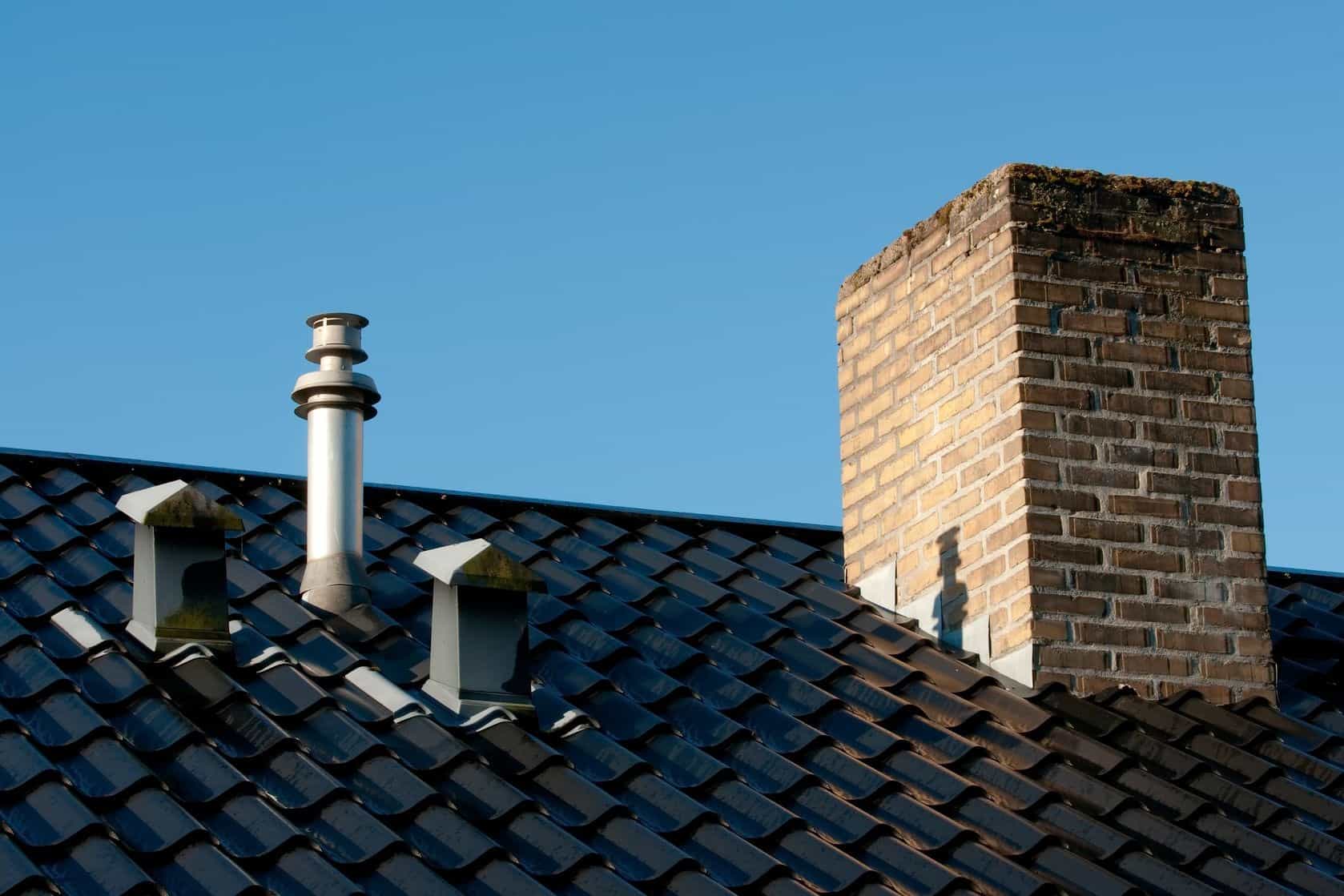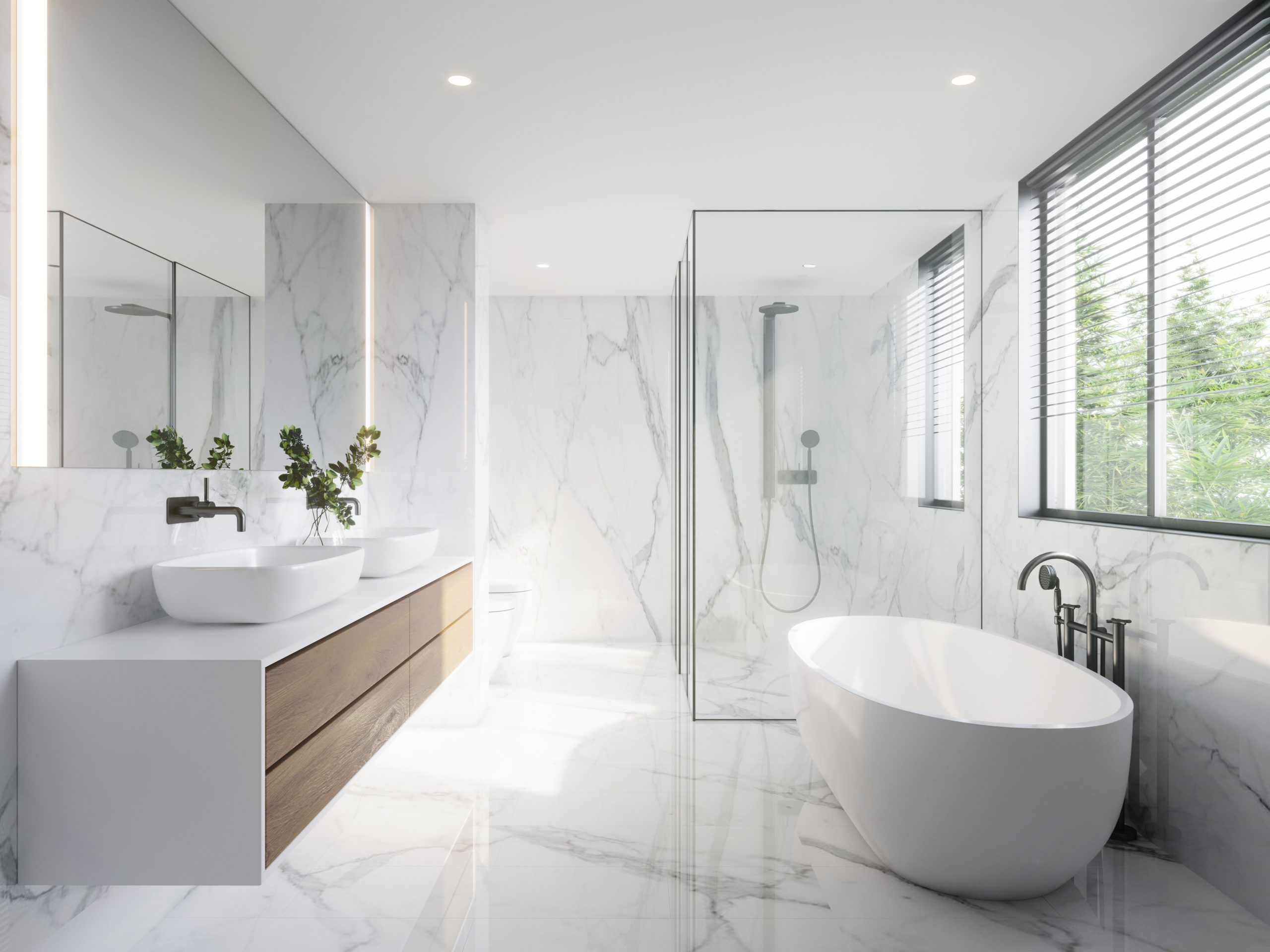The Benefits of Proper Ventilation in Your Plumbing System
The Benefits of Proper Ventilation in Your Plumbing System
Blog Article
Everybody will have their personal idea in relation to The Upsides of Proper Ventilation in Plumbing Design.

Correct air flow in pipes systems is typically neglected, yet it is critical for maintaining the capability and safety of your home's pipes. Ventilation assists manage air pressure, avoid the buildup of dangerous gases, and ensure the effective elimination of waste. In this overview, we will certainly check out the value of correct plumbing ventilation, how it works, and the advantages it offers your pipes system.
Understanding Ventilation in Plumbing
Ventilation in pipes describes the network of pipelines that permit air to move via the water drainage system. These vents serve numerous purposes, consisting of managing atmospheric pressure within the pipes, protecting against drain gases from entering the home, and assisting in the smooth flow of wastewater.
Exactly How Air Flow Works in Pipes Equipments
Atmospheric Pressure Policy
Correct air flow preserves well balanced air pressure within the pipes system. When water streams via pipes, it displaces air. Without adequate ventilation, this variation can create unfavorable stress, causing reduce drains pipes or siphoning of water from traps, which can trigger undesirable odors to leak right into the home.
Protecting Against Sewer Gas Accumulation
Among one of the most vital features of pipes vents is to avoid sewer gases, such as methane and hydrogen sulfide, from collecting within the home. These gases can posture serious health threats and are very combustible. Vent pipelines permit these gases to leave safely outside.
Assisting in Waste Removal
Ventilation assists in the efficient removal of wastewater by preventing airlocks in the drainage system. When air can move easily through the vents, it permits water and waste to move smoothly through the pipelines, minimizing the danger of clogs and backups.
Sorts Of Pipes Vents
Key Heap Vent
The primary stack air vent, likewise called the air vent stack, is the main air vent in a pipes system. It expands from the main drain align through the roofing system, enabling gases to run away and fresh air to enter the system.
Branch Vent
Branch vents connect to the major pile air vent and serve private components, such as sinks, bathrooms, and showers. These vents make sure that each fixture has sufficient ventilation to function appropriately.
Air Admittance Valve (AAV).
An Air Admittance Valve (AAV) is a one-way valve that enables air to go into the pipes system without the requirement for a standard air vent pipeline extending through the roofing system. AAVs are frequently utilized in improvements or locations where setting up a typical air vent is not practical.
Indicators of Poor Air Flow in Pipes.
Slow Draining Fixtures.
If your sinks, bathtubs, or bathrooms are draining slowly, it could be an indicator of inadequate air flow. Poor air circulation can produce a vacuum impact, making it challenging for water to drain pipes properly.
Gurgling Sounds.
Gurgling noises originating from drains pipes are usually a result of air being drawn through water traps because of unfavorable pressure in the pipelines. This is a clear sign of inadequate air flow.
Undesirable Odors.
Sewage system odors inside your home are a warning that your pipes system is not effectively ventilated. This can indicate that sewer gases are not being adequately vented outside, causing possibly hazardous problems.
Typical Air Flow Errors.
Inadequate Vent Sizing.
Making use of undersized vent pipes can result in inadequate air flow and stress discrepancies in the system. It's essential to make use of vents that meet the details requirements of your plumbing system.
Improper Vent Placement.
Positioning vents too far from the components they offer can lower their performance. Correct positioning makes sure that air can flow easily and efficiently through the system.
Ignoring Code Demands.
Building ordinance give particular guidelines for pipes air flow. Overlooking these codes can result in a system that stops working to work appropriately and may bring about costly repair services or health hazards.
Benefits of Correct Air Flow.
Boosted System Effectiveness.
Appropriately ventilated plumbing systems run much more successfully, with less clogs, faster draining, and less strain on the pipes. This efficiency prolongs the lifespan of the plumbing system.
Improved Air Top Quality.
By protecting against sewer gases from entering your home, correct ventilation adds to far better interior air quality, making your living environment healthier and a lot more comfy.
Stopping Water Damage.
Adequate ventilation assists prevent water from being siphoned out of traps, which can result in drain gases getting in the home and triggering water damage over time.
Steps to Guarantee Appropriate Ventilation.
Consulting Plumbing Codes.
Constantly get in touch with regional pipes codes when creating or customizing your plumbing system. These codes supply the essential standards for proper airing vent and guarantee your system meets safety criteria.
Normal Inspection and Maintenance.
Regular inspections can assist determine potential air flow issues prior to they come to be major issues. Upkeep jobs, such as cleansing vent pipes and checking for obstructions, are essential for keeping the system in good working order.
Professional Installation.
For new installments or significant modifications, it's important to work with an expert plumber. They have the competence to guarantee the ventilation system is appropriately created and installed according to code.
Conclusion.
Proper ventilation is an important component of any type of pipes system, making sure that it functions effectively and securely. By comprehending the importance of ventilation, identifying the indicators of poor ventilation, and taking actions to maintain your system, you can avoid expensive concerns and protect your home's air quality.
4 Things You Should Know About Your Plumbing Vents
What Plumbing Vents Are
Also called a vent stack, a plumbing vent is a vertical pipe attached to your drain line that runs through your roof. The plumbing vent pipe, or plumbing air vent, removes gas and odors from your plumbing system and allows fresh air to enter the pipes, helping the water to flow out of the drain pipes.
What Plumbing Vents Do
Plumbing vents have two basic functions. One of which is to allow unpleasant smelling wastewater and sewer gasses to escape your plumbing system instead of entering your home. Plumbing vent pipes are typically located on roofs, away from windows, to ensure the fumes exit the home completely.
The other function of the plumbing vent is to move fresh air into your plumbing system. This helps move water through every plumbing fixture in your house, like toilets and sink drains. Think of the way in which you need to let a little air into the bottle as you pour soda in order to make the drink flow smoothly.
Different Types of Plumbing Vents
True vent: This is the most common vent option. In simplest terms, a true vent is a vertical pipe attached to your drain line that exits through the roof. They often function as the main vent that other fixtures can connect to. Re-vent pipe or auxiliary vent: Attached to the drain line near specific plumbing fixtures, re-vent pipes run up and over to connect to the main vent. Common vent: Two plumbing fixtures installed on opposite sides of a wall are typically tied into the vent stack using something known as a sanitary cross. Wet vent: This venting option operates as a drain pipe and a vent at the same time. Wet vent drainage systems drain water from one fixture while venting the air from another. Although they’ve been used for over 100 years, wet vent systems have only recently been added to the plumbing code in many areas. If you’re planning on installing one in a bathroom remodel, make sure you check your local code prior to construction. Loop vent: For free-standing fixtures like kitchen island sinks, loop vents are ideal. These vent pipes run under the floor, rise from the P-trap, and create a loop inside the cabinet sink. Air admittance valve: An AAV is a one-way mechanical valve typically installed at the site of the plumbing fixture. AAVs allow venting to occur without having to tie into a larger venting system. They’re ideal for venting fixtures where you aren’t able to easily connect to an existing vent system. Common Plumbing Vent Issues
Although vent pipes typically don’t have water flowing through them, they’re still subject to many typical plumbing issues. For example, clogs are one of the most common problems associated with sewer vent pipes. If your vent pipe gets clogged, all of your plumbing fixtures tied into the vent stack will be affected.
A sink with a slow drain that bubbles and gurgles or a strong sewage smell around your toilet are both indicators that your toilet vent pipe is clogged. Because most vent pipes exit through the roof, old leaves, twigs or even a bird’s nest could be clogging the pipe.
Clogs in your vent pipe system cause a buildup of negative pressure, meaning that water won’t be able to flow out of your home very well. It’s similar to putting your finger over the opening of a straw to trap water inside. When you remove your finger, the water is able to flow out of the straw.
If you suspect you have any blockage in your vent, make sure you have a professional come examine the situation. Left unchecked, a blocked air vent can lead to other costly repairs, like leaks and sediment buildup.
Under Pressure
Pipe vents are essential aspects of a home’s plumbing system. Owning a home means learning about all sorts of things you never put much thought into before. But by understanding as much as you can about the important systems of your home, you can keep those budgets intact and those anxiety levels low.
https://www.homeserve.com/en-us/blog/home-improvement/plumbing-vents/

Do you appreciate reading about Essential Plumbing Vent Pipes: Understanding Their Role? Create a short review further down. We'd be happy to see your feelings about this entry. We hope to see you back again later on. Are you aware of somebody else who is truly interested in the subject? Why not share it. Thank you so much for going through it.
Book A Service Report this page